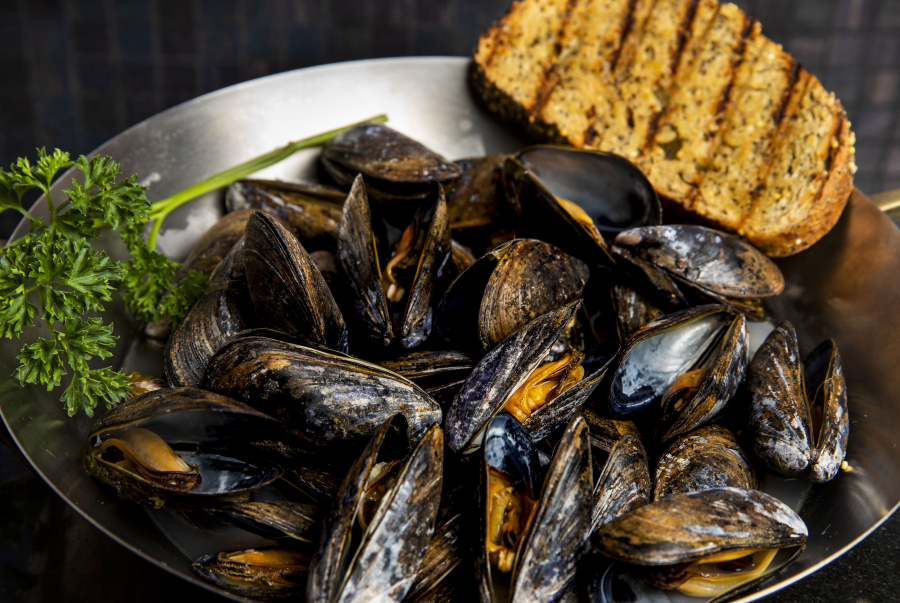Four hundred years ago this fall, 50 Pilgrims sat down to eat with 90 members of the native Wampanoag tribe to give thanks for their first harvest in the New World.
No one knows the exact dates of the feast, other than it was sometime between Sept. 21 and Nov. 9 of that year. The menu of what was served is likewise lost to history, but we have a few clues.
In a letter sent in December 1621, Edward Winslow wrote that four of the men successfully hunted for fowl, which very possibly could have been wild turkeys — but it also could have been ducks, geese or swans. The Indians brought five deer, which presumably were also served, but we don’t know that for certain.
The most successful crop of that first harvest was corn, so we can extrapolate that it was on the menu. Pumpkins were plentiful, though the Pilgrims lacked the flour to make crusts for pie.



